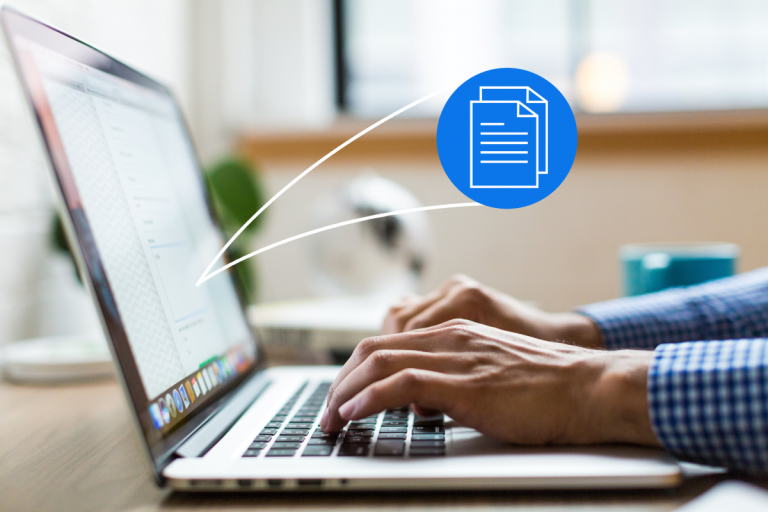In today’s fast-paced medical environment, ensuring the safety of patients is a top priority for healthcare organizations. One of the most effective tools to achieve this is Healthcare risk management software. This advanced technology enables hospitals, clinics, and other healthcare facilities to identify potential risks, track incidents, and implement preventive measures before issues escalate. By using Healthcare risk management software, organizations can create a safer environment, reduce medical errors, and maintain compliance with regulatory standards, ultimately improving the quality of patient care.
Enhancing Incident Reporting and Analysis
A major advantage of Healthcare risk management software is its ability to streamline incident reporting. In many healthcare facilities, incidents like patient falls, medication errors, or equipment malfunctions may go unreported due to inefficient manual systems. This software provides a centralized platform where staff can easily log incidents in real time, ensuring no detail is overlooked. With Healthcare risk management software, these reports are instantly available for analysis, enabling healthcare administrators to identify patterns and take corrective action promptly.
Improving Compliance with Regulations
Regulatory compliance is a critical aspect of the healthcare industry. Failing to meet compliance standards can lead to legal consequences and reputational damage. Healthcare risk management software simplifies compliance by providing a structured framework for monitoring and documenting safety measures. It stores incident records, tracks corrective actions, and generates compliance reports that meet the requirements of governing bodies. This proactive approach ensures that healthcare facilities remain prepared for audits and inspections at all times.
Strengthening Communication Across Departments
Effective communication is essential to maintaining patient safety. Healthcare risk management software promotes seamless communication between different departments by centralizing data and making it accessible to authorized staff. This means nurses, doctors, and administrative personnel can collaborate more effectively on safety protocols, incident investigations, and preventive strategies. As a result, patient care becomes more coordinated and efficient, reducing the risk of errors.
Data-Driven Decision Making for Better Outcomes
The healthcare industry generates vast amounts of data daily. Healthcare risk management software transforms this raw data into actionable insights. Through analytics and reporting features, administrators can monitor key performance indicators, identify areas with high incident rates, and allocate resources where they are most needed. This data-driven approach allows for informed decision-making, helping facilities to prioritize patient safety initiatives that yield the greatest impact.
Proactive Risk Identification and Prevention
Rather than waiting for incidents to occur, Healthcare risk management software enables facilities to identify potential hazards before they become threats. For example, by analyzing historical data, the software can highlight trends such as recurring equipment failures or specific times when patient falls are more common. Armed with this information, healthcare providers can take preventive steps like additional staff training, equipment upgrades, or process changes to reduce risks.
Integration with Other Healthcare Systems
Modern healthcare facilities rely on multiple software solutions for different operations. Healthcare risk management software can often be integrated with electronic health records (EHR), patient management systems, and compliance tools to create a unified ecosystem. This integration ensures that data flows seamlessly across systems, eliminating duplication and enhancing the accuracy of records, which is crucial for maintaining patient safety.
Boosting Staff Accountability and Engagement
When staff members know their actions are being monitored and evaluated through Healthcare risk management software, they tend to be more attentive and cautious in their duties. The software not only records incidents but also tracks the actions taken to resolve them, fostering a culture of accountability. Additionally, by involving staff in safety improvement initiatives, the software helps increase engagement and morale, leading to better adherence to safety protocols.
Reducing Costs Through Risk Mitigation
Incidents in healthcare not only harm patients but can also result in significant financial losses for facilities. Medical errors, legal claims, and compliance violations are costly. Healthcare risk management software helps mitigate these expenses by reducing the frequency and severity of incidents. Preventing risks before they escalate means fewer costly claims, less downtime, and lower insurance premiums, contributing to the financial stability of the organization.
Future of Patient Safety with Advanced Technology
As technology continues to evolve, Healthcare risk management software is expected to become even more powerful. Features like artificial intelligence, predictive analytics, and machine learning will enhance its ability to detect risks and recommend effective solutions. These advancements will enable healthcare providers to stay ahead of potential threats, further improving patient safety and care quality.
Conclusion
The role of Healthcare risk management software in improving patient safety cannot be overstated. By streamlining incident reporting, ensuring regulatory compliance, fostering better communication, enabling data-driven decision-making, and preventing risks before they occur, this technology empowers healthcare organizations to create safer environments for their patients. As healthcare challenges continue to grow, investing in Healthcare risk management software is no longer optional—it is an essential step toward delivering the highest quality of care while safeguarding both patients and healthcare providers.





